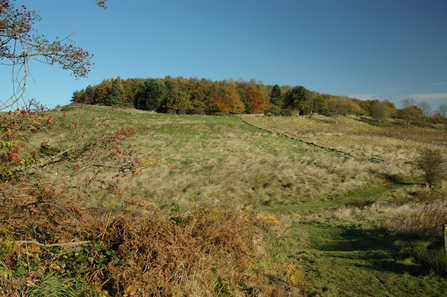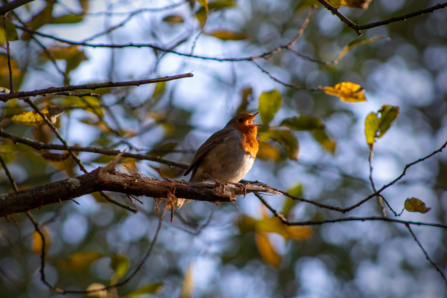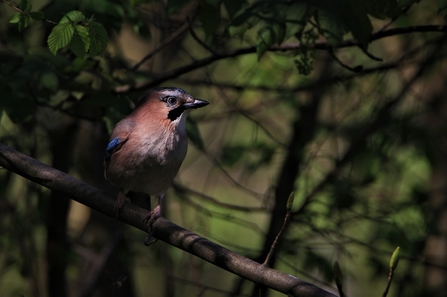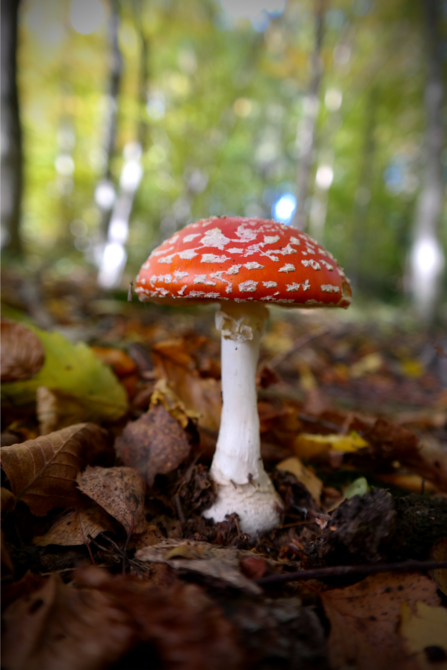Bright sunshine skims across the woodland floor, peeking through trees and casting long shadows on the ground. As I walk, leaves crunch with each footstep. The wind prickles against my cheeks. A mucky-sweet smell of decaying leaves reaches my nose. I take a deep, purposeful breath. Autumn has arrived.
Each autumn, I like to make the short trip to Snipe Dales, one of the Lincolnshire Wildlife Trusts nature reserves, only a 10-minute drive from Horncastle. Although it’s open all year round, it’s during autumn when this woodland nature reserve really comes alive.
Situated on the edge of the Wolds just outside Lusby, Snipe Dales is an attractive valley of mixed woodland fretted by streams. It is a nature reserve of two halves. On one side, the nature reserve opens out into wildflower meadows and wet valley systems – a haven for insects such as butterflies and dragonflies. On the other, the Country Park takes you into the heart of the woodland, with some steep slopes usually only seen on BMX trails. It is this, dog-friendly Country Park that me and my trusty canine companion set off to.





